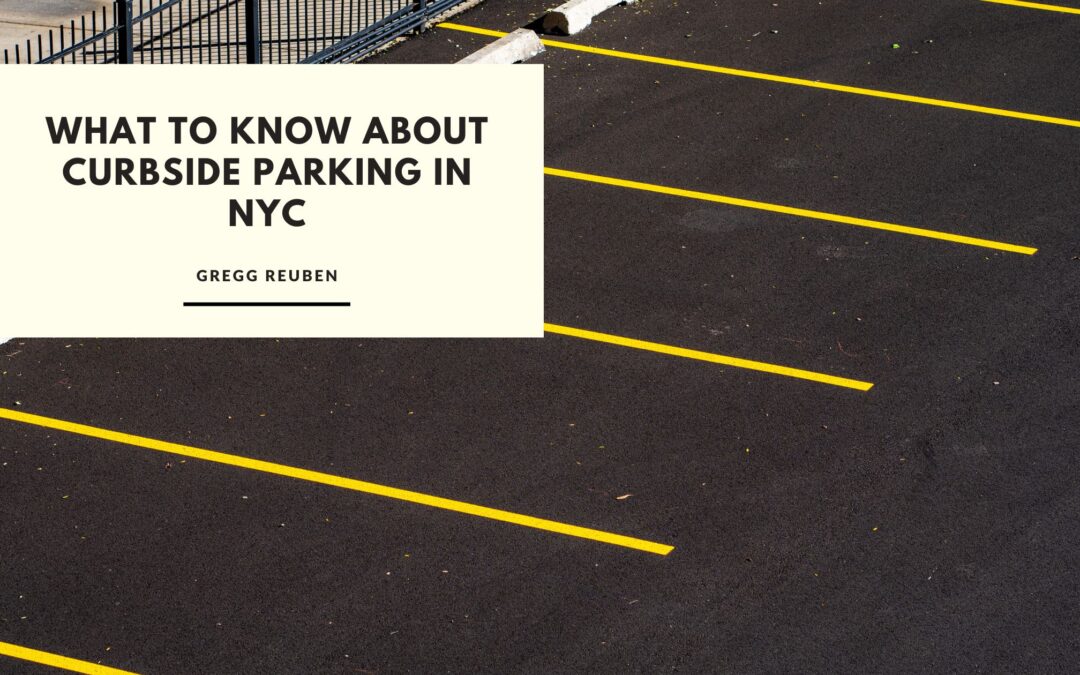Navigating curbside parking in New York City can feel like trying to solve a complex puzzle. For both residents and visitors, understanding the ins and outs of parking in this bustling metropolis is essential to avoid fines, towing, and unnecessary headaches. Here’s what you need to know to make your curbside parking experience in NYC as smooth as possible.
Alternate Side Parking
One of the most important things to be aware of is Alternate Side Parking (ASP). In NYC, certain streets require you to move your car to the other side on specific days and times for street cleaning. Signs indicating these rules are posted on each block, so make sure to read them carefully. The schedule can vary by neighborhood, and it’s enforced strictly. Missing the window to move your car can result in a hefty ticket.
Metered Parking
Metered parking is another common feature throughout the city. You’ll find meters that accept coins, credit cards, and even mobile payments through apps like ParkNYC. Rates and time limits vary depending on the area, so check the meter or nearby signs for details. Be aware that some metered spots become “No Parking” zones during rush hours to facilitate traffic flow.
Residential Parking Permits
Unlike many other major cities, New York City does not have a residential parking permit system. This means anyone can park on most residential streets, which can make finding a spot in certain neighborhoods particularly challenging, especially during evenings and weekends. Patience and persistence are key when searching for a spot in these areas.
Commercial Vehicle Zones
Certain parts of the city, especially in busy commercial areas, have designated loading zones for trucks and commercial vehicles. These spots are typically marked by signs indicating specific hours for commercial use. Parking in these zones during restricted times can result in fines and towing, so it’s crucial to pay attention to the signage.
Fire Hydrants and Crosswalks
When parking in NYC, always be mindful of fire hydrants and crosswalks. It is illegal to park within 15 feet of a fire hydrant, and doing so can lead to an expensive ticket. Similarly, avoid parking too close to crosswalks and intersections to ensure pedestrian safety and compliance with traffic regulations.
Temporary Restrictions and Special Events
NYC is a city that never sleeps, and its streets often reflect this with various events and temporary restrictions. Film shoots, parades, street fairs, and construction work can all lead to temporary no-parking zones. Keep an eye out for temporary signs and check local news sources or community boards for updates on upcoming events that might affect parking availability.
Towing and Booting
If you park illegally or accumulate unpaid parking tickets, your car may be towed or booted. The cost to retrieve a towed vehicle can be quite steep, including towing fees, storage fees, and any outstanding tickets. If your car is booted, you’ll need to pay all fines and fees before the boot is removed. It’s always best to stay on top of your parking tickets and pay them promptly to avoid these issues.
Using Technology to Your Advantage
Several apps can help make parking in NYC a bit easier. Apps like SpotHero and ParkWhiz allow you to reserve parking spots in advance in garages and lots, often at discounted rates. For street parking, the NYC Department of Transportation’s website and the ParkNYC app provide information on parking regulations and availability, helping you plan ahead.
Final Tips
- Always read street signs carefully.
- Don’t assume rules are the same on every block.
- Keep some quarters or a credit card handy for meters.
- Move your car during the ASP window to avoid fines.
- Consider using parking apps to save time and stress.
By staying informed and vigilant, you can navigate the complexities of curbside parking in NYC and keep your parking experience hassle-free. Safe parking!
